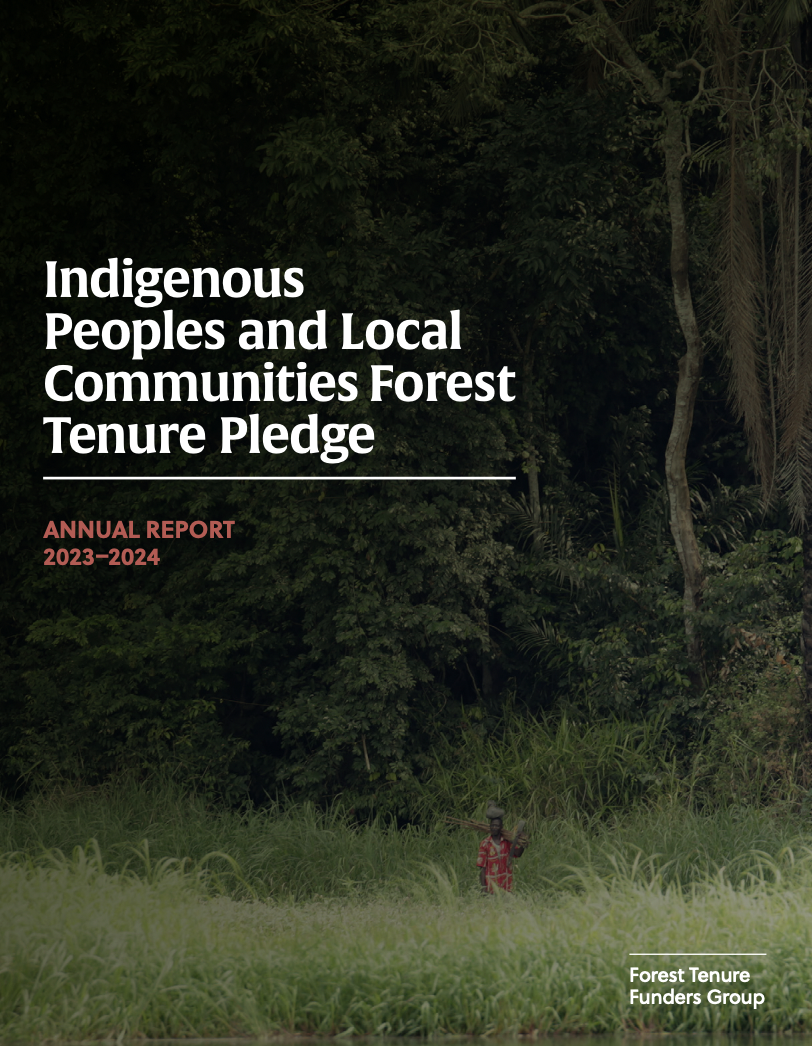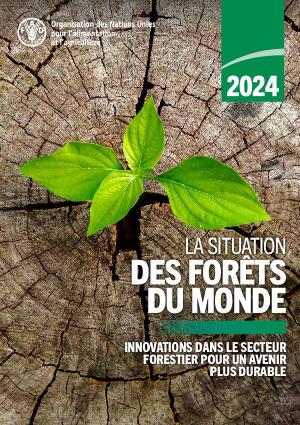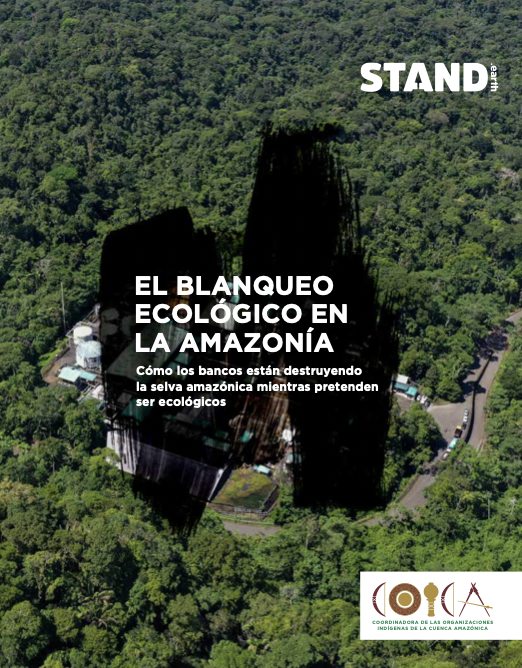Indigenous Peoples and Local Communities Forest Tenure Pledge Annual Report 2023–2024
The FTFG is making significant progress on its $1.7 billion, five-year commitment to support Indigenous Peoples and local communities in securing land tenure and promoting forest guardianship in tropical regions. As of 2023, nearly $1.34 billion (79% of the total pledge) has been disbursed, with $521 million in funding reported for that year alone.







